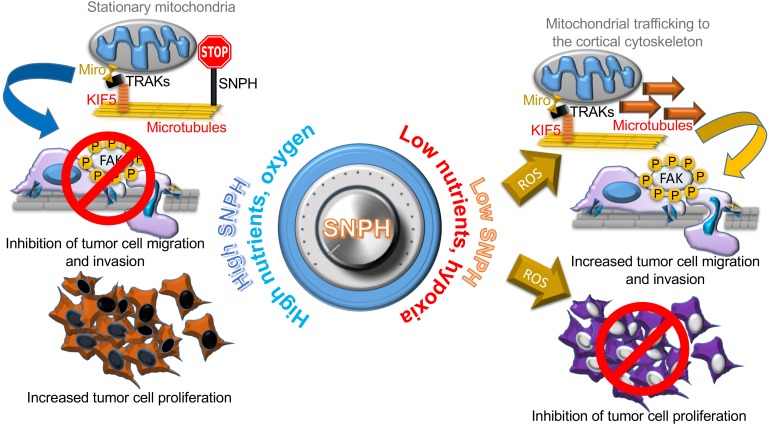Figure 9. A mitochondrial SNPH “rheostat” for cell proliferation-motility decisions in cancer.
An adequate supply of oxygen and nutrients in the tumor microenvironment maintains high levels of SNPH in mitochondria for efficient, “non-leaky” oxidative bioenergetics and low ROS generation. These conditions support continued tumor cell proliferation while halting mitochondrial trafficking to the cortical cytoskeleton as a “regional” energy source to fuel membrane dynamics of cell motility and invasion. Conversely, the emergence of an oxidative and hypoxic microenvironment, typical of advanced tumors, acutely lowers SNPH levels, compromising oxidative phosphorylation complex II integrity and mitochondrial bioenergetics. The resulting increase in ROS inhibits tumor cell proliferation, while promoting increased mitochondrial trafficking to the cortical cytoskeleton and focal adhesion kinase–dependent (FAK-dependent) tumor cell migration and invasion. KIF5, kinesin family member 5; TRAK, trafficking kinesin-binding protein 1.

